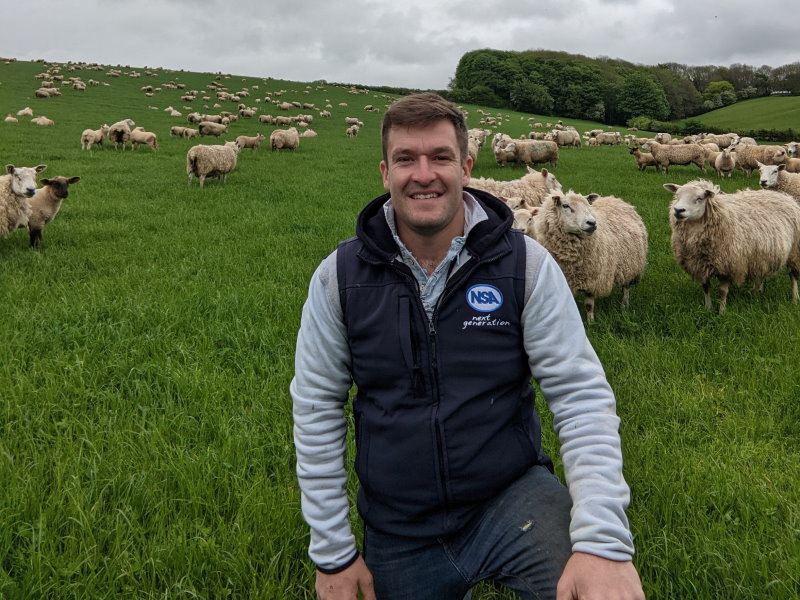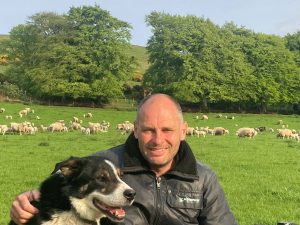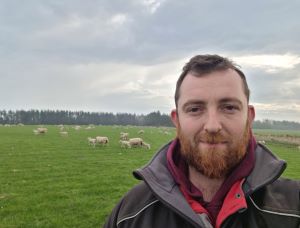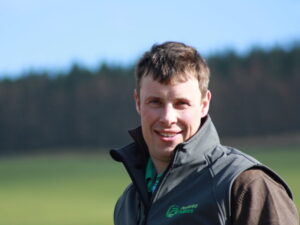Fred Love says the future of his sheep enterprise is about maximising output from an integrated mix of grassland and arable cover crops in a sustainable, regenerative system. And he’s well on the way towards achieving that goal.
Meticulous forage management combined with Innovis genetics are enabling lambs from his 1,300 ewe flock to take an average of between 170 to 200 days to finish to 19kg to 20kg target weight and grade R3L or better, whilst the entire crop is finished off forage by end of year, within nine months.
“It’s all about maximising forage – both grazed grass and fodder crops, which are not only the cheapest form of feed, but also maintaining soil health and fertility,” say Fred, a first generation farmer. “There’s a lot being talked about regenerative farming, however that’s what I’m already working on; I firmly believe that sheep and arable – two specialist complementary enterprises working together are for real for the future.
“I started off with stocking traditional Mule ewes – mature weight nearing 80kgs and stocking four ewes per acre. Since swapping for lighter Innovis genetics – Aberfield crosses and Highlander, with a 65kg to 70kg mature weight I’ve been able to step up stocking rate to 13.5 ewes/ha on heavy clay.
“Nowadays I’m able to lamb these hardy ewes outdoors, I check two or three time a day, as few as 5% require any form of intervention and 90% lamb within the first three weeks. I’m farming sheep that look after themselves. Up to 50% of lambs are finished off rotational grazing within five months, whilst the remainder are transferred to forage crops grown on neighbouring units.
“Cover crops work out 30% to 40% cheaper in DM terms compared with silage, and ewes remain on these forage crops until March,” explains adding. “I’m farming in an area surrounded by arable as well as land in Mid -Tier Countryside Stewardship, and to which I think sheep perfectly fit. I think I’ve established a good template for continuing to grow the business and I’m currently targeting a minimum 2,000 ewes.”



